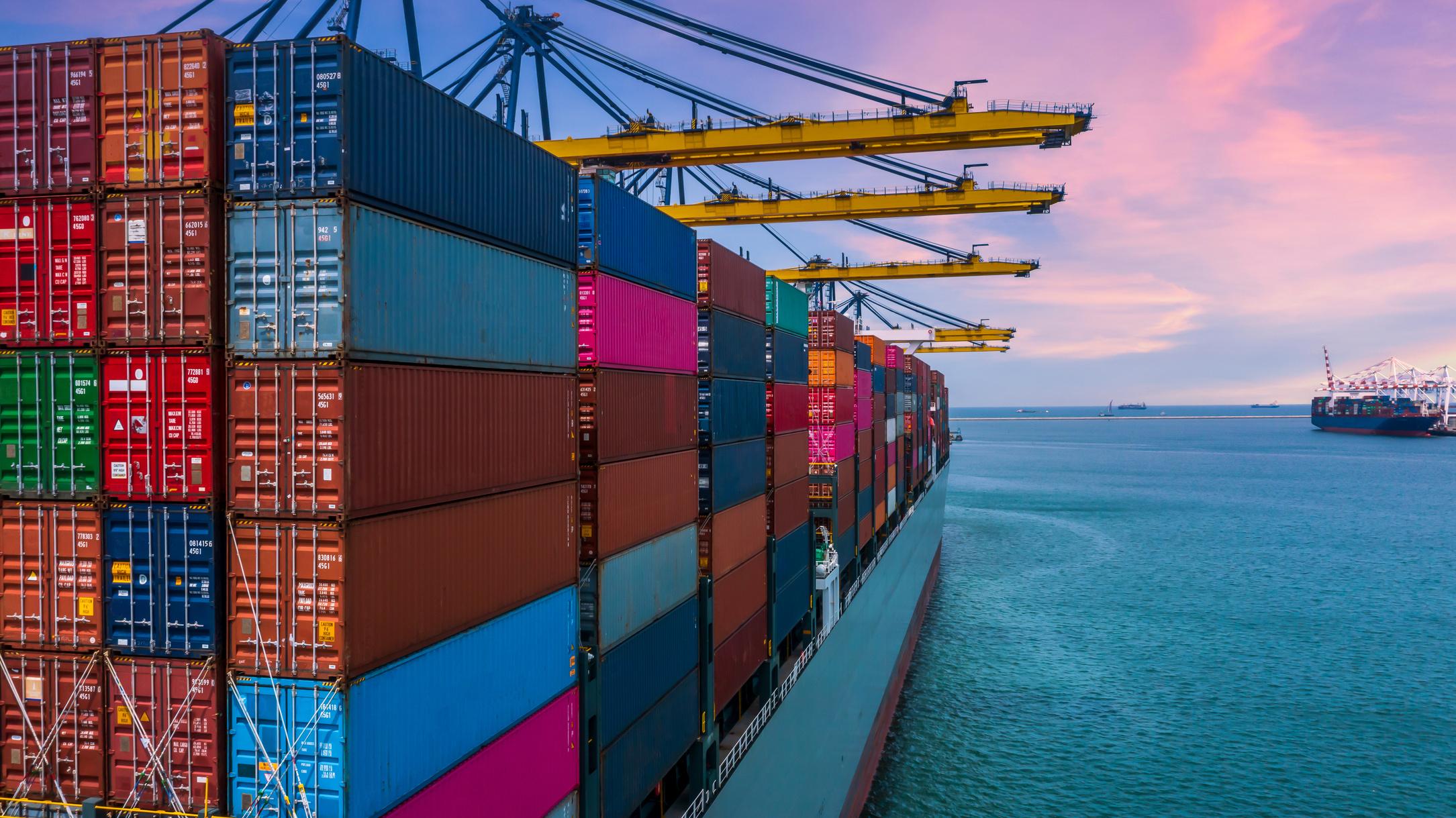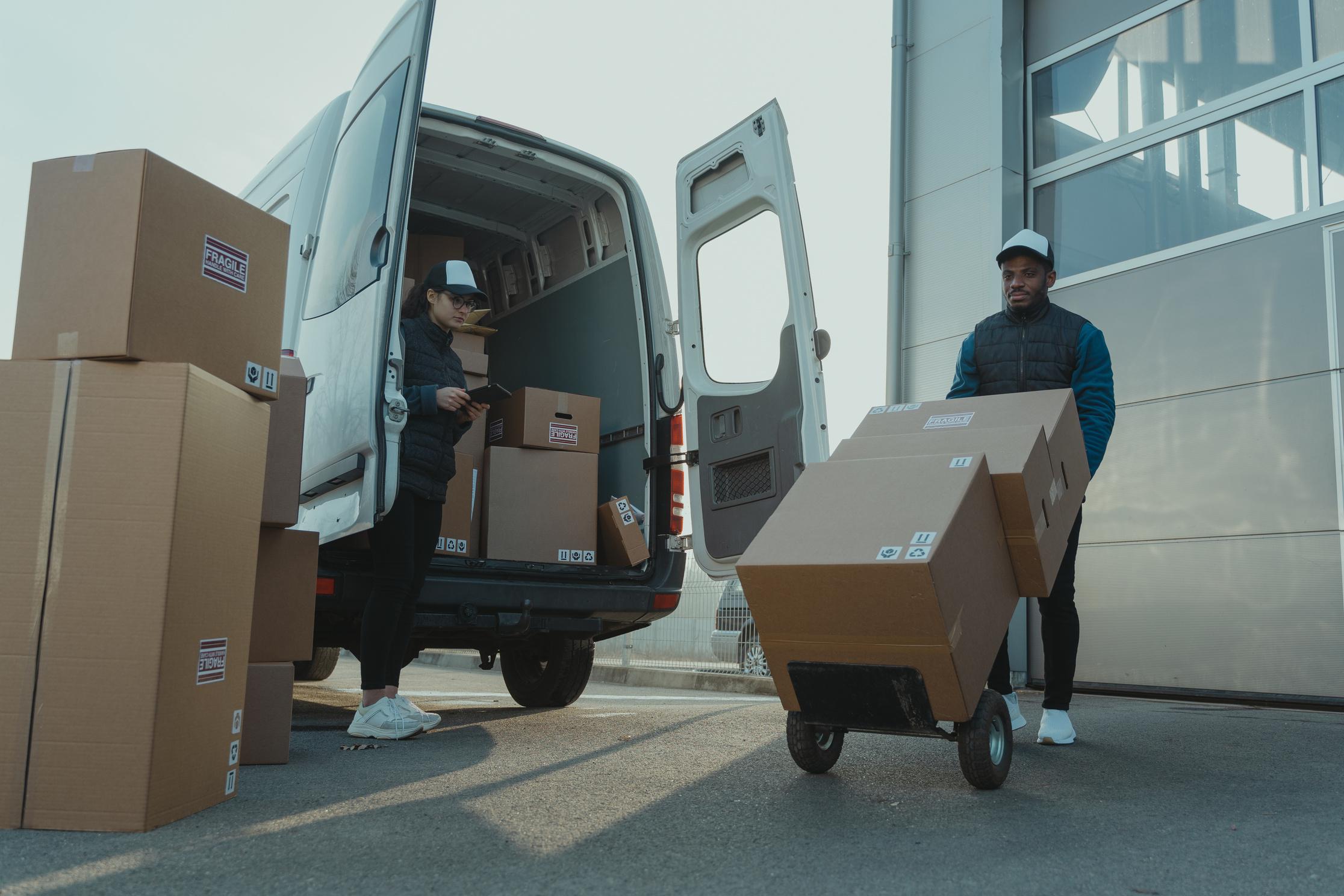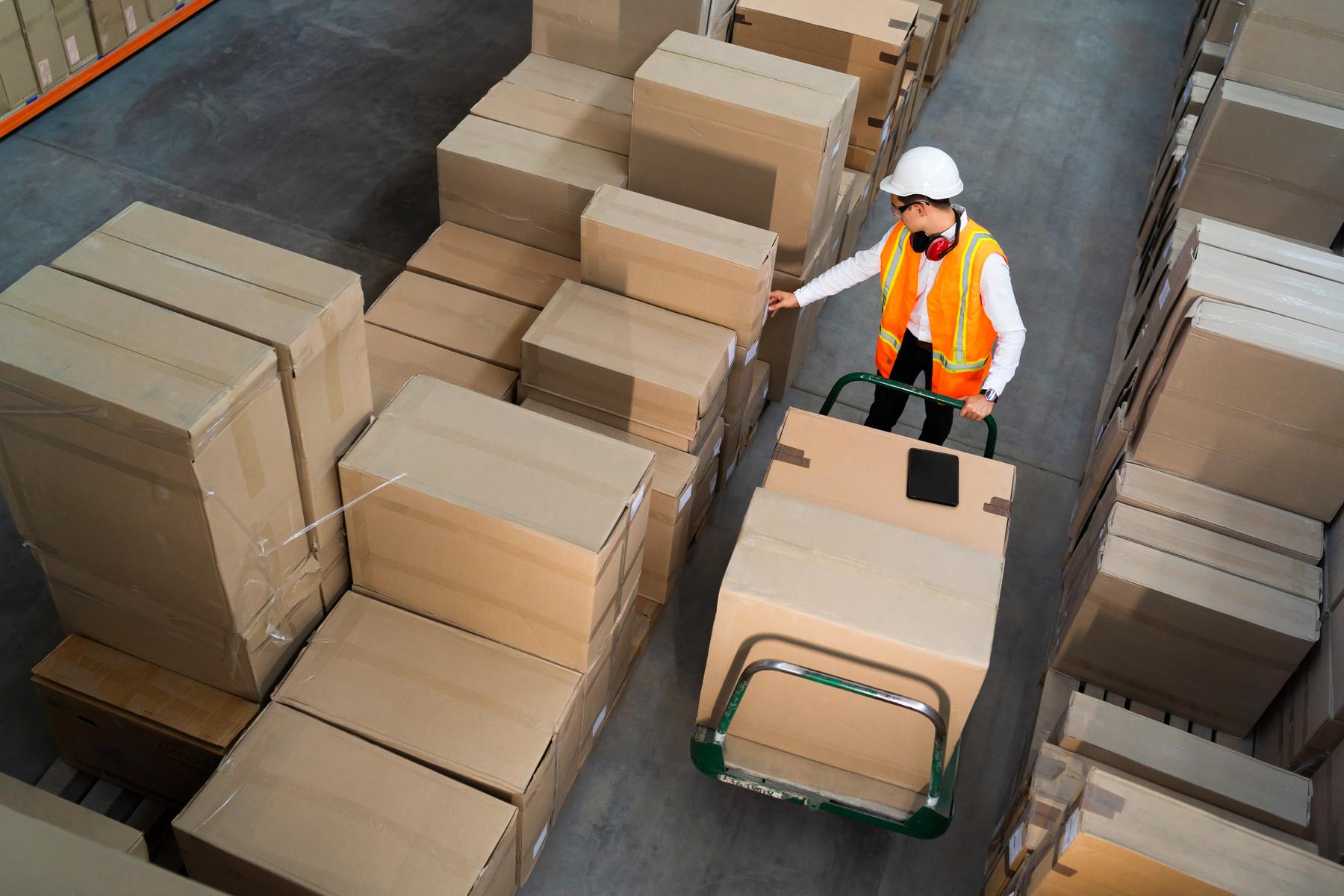
1 minute read
MODES OF TRANSPORTATION:
Trucking: It involves using trucks for transporting goods over short to medium distances, often within a country or region.
Rail Freight: Trains are utilized for long-distance shipping of goods, offering high capacity and lower costs, especially for bulky or heavy items.
Advertisement
Ocean Freight: Ships are used for transporting goods internationally or across large bodies of water. It is the most costeffective option for long-distance shipping but generally has longer transit times.
FREIGHT SERVICES:
Less Than Truckload (LTL): Suitable for smaller shipments that don't require a full truck, as LTL consolidates multiple smaller shipments into a single truckload.

Full Truckload (FTL): Ideal for larger shipments that occupy the entire capacity of a truck. FTL offers more control over the shipping process and usually has faster transit times.
Intermodal: Combines multiple modes of transportation, such as trucks, trains, and ships, to optimize efficiency and costeffectiveness for long-distance shipping.
FREIGHT CLASS AND PACKAGING:
Freight Class: The National Motor Freight Traffic Association (NMFTA) assigns freight classes based on the characteristics of the goods being shipped. It determines the shipping rates and is determined by factors like density, stowability, handling, and liability.
Packaging: Proper packaging is essential to protect goods during transit. It should consider factors such as fragility, weight distribution, and stacking strength. Using appropriate packaging materials and techniques ensures the safety of the shipment.


